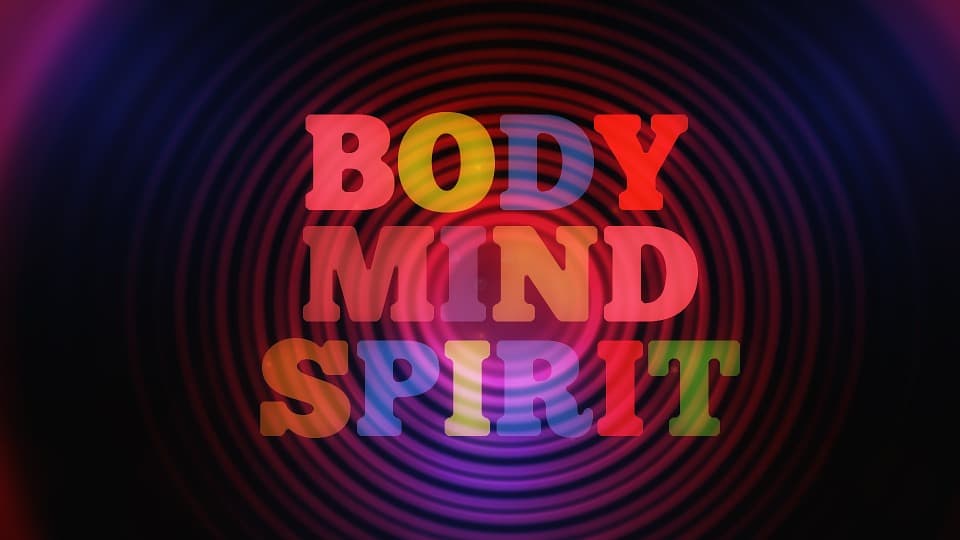Yoga History Origin and Types of Yoga has been an area of interest increasing rapidly worldwide due to the spread of its awareness in all cultures.
“Yogas chitta vritti nirodha” (“Yoga is the neutralization of the vortices of feeling.”) —Patanjali
Yoga – is an art or practice of discipline and an integral part of the Indian culture for innumerable centuries. Its the union of the mind, body and soul. It, therefore, combines breath and movement to bring strength, stability and grace to our minds and bodies.
Yoga is a Hindu spiritual discipline. Its beauty is in the inclusion of control of breath, meditation, and the adoption of specific body postures. Important to note, it is widely and solely practised for health and relaxation of the body and mind.
This article will answer your questions on Yoga:
Where and when did yoga begin?
What are the origins of yoga?
Who is the father of yoga?
Who was Patanjali?
What are the types of yoga?
Why do we celebrate International Yoga day on June 21st?
What are the 5 main principles in the system of yoga?
Why do lots of people do yoga and gym on the same day – know by clicking here
The Meaning of Yoga
The true meaning of “Yoga” is “union”. It is derived from the Sanskrit word “yuj,” (pronounced as “yug”) meaning “to join” or “to unite”. It can be defined with the meaning “to control” and “to discipline” as well.
In a simple Yogi’s definition, Yoga is the life of self-discipline based on the teachings of ‘simple living and high thinking’.
History – Where it all began?
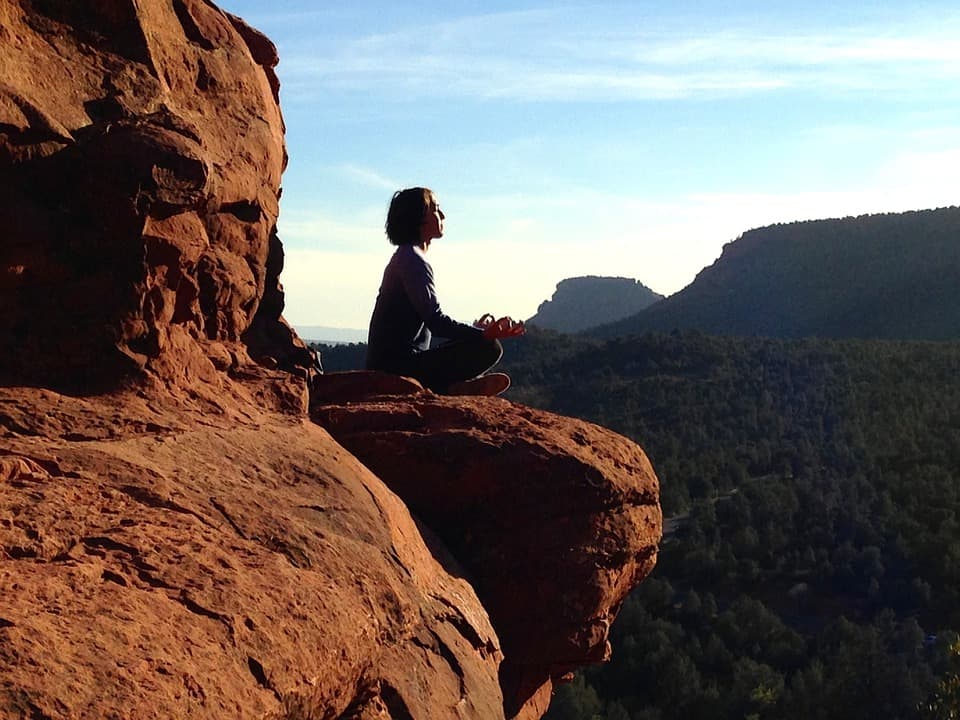
Ancient Civilization:
Yoga started with the dawn of civilization. The science behind it has its origin thousands of years ago, long before religions or belief systems were born.
Yoga goes all the way back to 3000 B.C circa that began as an ancient practice originated in India circa. Stone-carved figures of a yoga pose were found in the Indus Valley depicting the original poses and practices. See Image below:

Shiva the First Guru:
Shiva is considered as the first Guru as per the Yogic Culture. Thousands of years ago on the banks of the lake Kantisarovar in the Himalayas, Shiva poured out his profound knowledge into the legendary Sapta rishis or “seven sages”. The seven sages then carried the powerful yogic science to various parts of the world. For example Asia, the Middle East, Northern Africa and South America.
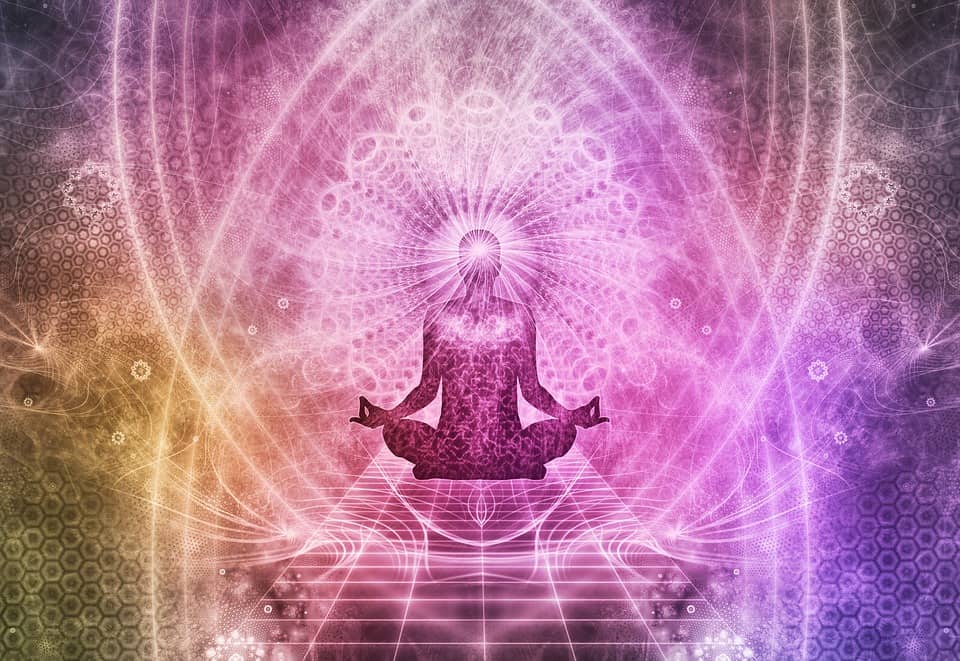
However, it was in India that the yogic system found its full expression. Agastya, the Sapta Rishi who travelled across the Indian subcontinent, built this culture around an essential yogic way of life.
Roots in Ancient remains:
Remains from Indus Valley Civilization with proof of Yoga motives and figures on fossil remains depict the presence of Yoga in India extensively.
Presence in Religion and Culture:
Yoga found its wings in various religions and cultures.
You can see Yoga present in Folk traditions, Vedic and Upanishadic heritage, Jain and Buddhist traditions. Therefore, it’s presence is even found in Indian Epic tales like Mahabharat and Ramayana, theistic traditions of Shaivas, Vaishnavas, and Tantric traditions.
Yoga is one of the six orthodox schools of Hindu philosophical traditions originated in ancient India. It caters not just to the spiritual attributes but to the mental and physical well-being as well.
During the Vedic period, Sun was given the highest importance with regards to its spiritual value, even though ‘Surya Namaskar’ was invented later under this influence.
Watch Video on Surya Namaskar with 12 steps explained in the article with video https://www.youtube.com/watch?v=b4vn5ZjnXvE&t=4s
Pranayama was part of their daily ritual and to offer the oblation.
Who was the Father of Yoga?
The great Sage Maharshi Patanjali systemized and codified the existing Yoga practices. Consequently, he used Yoga Sutras to teach the meaning of Yoga.
Yoga Sutras descriptively outlines the art and science of Yoga for Self-Realization.
Patanjali scattered Yoga over many teachings. This is because ancient practices we summarised in an extremely meticulous manner and brief manner.
Who was Patanjali?
Maharishi Patanjali :
Avtar of Adi Shesha – the cosmic serpent on whom Lord Vishnu takes rest.
Patanjali, the great sage and master is the founder and father of Yoga.
He was a self-realized avatar and an enlightened being, who mastered the mind, the body, its senses, and even the physical world. Apart from this, he was also a profound master of knowledge, an amazing philosopher and a teacher who taught how to master your life.
That is why, most of the times when we talk or hear about yoga, the very name that strikes us is Patanjali.
The period between 500 BC – 800 A.D. (Classical period) is considered to be the most prominent period in the history and development of Yoga.
During this period, views of Vyasa, a revered figure in the Hindu tradition, on Yoga Sutras and Bhagavad-Gita came into existence. This period was mainly dedicated to two great religious teachers of India – Lord Mahavira and Lord Buddha.
There have been pieces of evidence of Yoga mentioned in the Bhagavad-Gita as well.
Different types of Yoga
Most of the people only know of one kind of yoga called the Hatha Yoga, which purely caters to physical exercises and breathing control of the body, but to our surprise, there are more types of yoga as well. The most well-known of all is Karma yoga, Bhakti yoga, Gyana yoga, and Raja yoga.
They are the highest examples of human wisdom and you find inner peace and solace as you practise them.
Interested in Yoga History Origin and Types of Yoga!
Read further to understand the significance and meaning of each Type of Yoga.
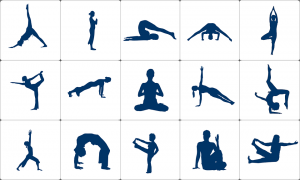
Yoga history origin and types of YogaClick here to know Why Surya Namaskar is the King of all Yoga Poses (Step by Step Guide to Surya Namaskar)
Karma Yoga
It is the path of action, or selfless service towards others without focusing on the outcome. By the practice of Karma yoga, you can effectively evolve and become spiritual.
When practising karma yoga, your intention should be to give selflessly for the good of others without the attachment to the results of one’s actions. It aids you in the right way to approach service. As soon as you start practising you will see that it cleanses and purifies the mind.
To be a part of this yoga, karma yogis have to fully accept their dharma, or life’s duty, and to let go of selfish desires. In doing so, karma yogis will subdue their ego.
A karma yogi redirects all the wrong urges of their heart into wholesome channels. Therefore, if you want to attain a peaceful mind and soul, this yoga will help you to come in contact with your true self.
Bhakti Yoga
It is the path of love and devotion.
Bhakti means love and devotion to God and all his creations. With love, God is everywhere. We become one in union with God through devotion.
You practise Bhakti Yoga when you look up to the Divine in personal, human terms like a Father, Mother, Friend, or Beloved. The personal view helps you to awaken your soul and direct immense love towards the Divine. Everybody can practice Bhakti Yoga, whether you are young, old, rich or poor or what nation or religion you belong to.
If in the process of practising bhakti yoga, you must realize that true bhakti is not achieved through loud chanting and intense emotions, however through calm feelings of the soul.
Gyana Yoga
Gyan (a Hindi word) means ‘knowledge ‘and through this yoga, you come in union with the Divine through knowledge.
Through this yoga, you can receive an answer to the question, “Who am I?”
It is a yoga of self-study.
This process does not only bring you in union with the Higher Self but also helps us to seek the path of what is right. As a result, your consciousness is awakened so much so that you seek inward liberation from any earthly desire or possession.
Raja Yoga
Raja Yoga is referred to as the Mental Yoga or the Yoga of the Mind. Thus, it is the path of self-discipline and practice. It focuses and lays stress on awareness of one’s state of mind.
The outcome lies in the practice of concentration that one learns to be able to calm the mind and bring it to one point of focus. It is at this point that we direct our attention inwardly, toward our true nature and self-being.
Raja is a Hindi word – means ‘King’. A king strides with independence, self-confidence and assurance. Raja Yogi – liberated, independent and fearless.
Eight Steps of Yoga (Ashtanga Yoga):
Raja Yoga, also known as Ashtanga Yoga (Eight Steps of Yoga) is divided into eight parts. You can attain inner peace, clarity, self-control and realization by following the Eight-Fold Path of Raja Yoga by observation of the following:
- Yamas – Abstinence
- Niyamas – Moral Observations
- Asana: Physical poses
- Pranayama – Breath Control
- Pratyahara – Withdrawal of the senses
- Dharana – Concentration of the mind
- Dhyana – Meditation and Relaxation
- Samadhi – Enlightenment and union with the Divine
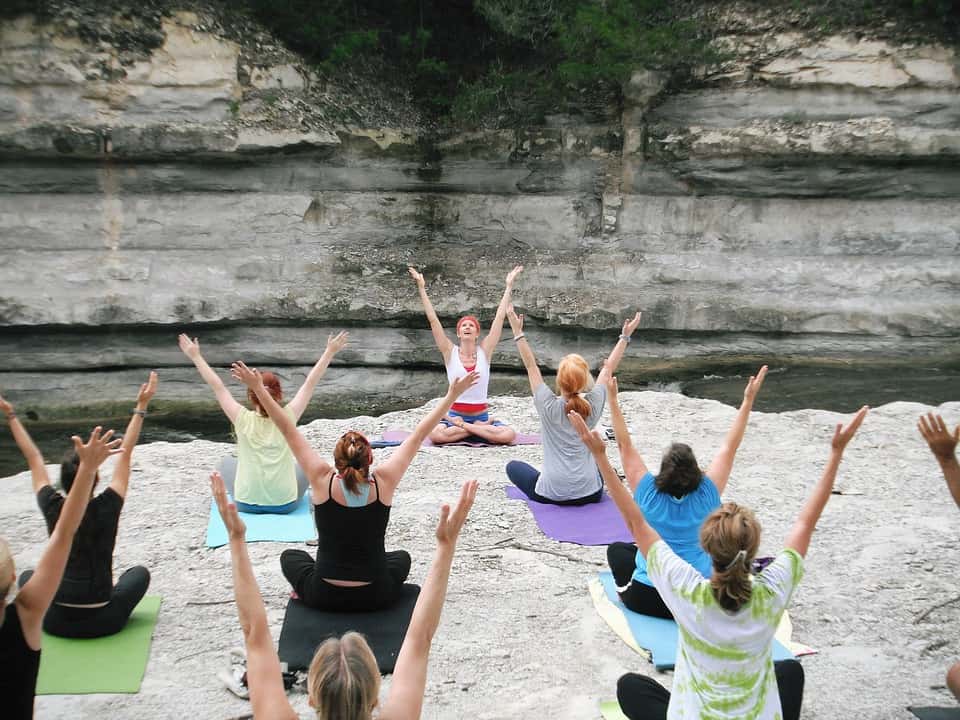
Hatha Yoga
The literal meaning of Hatha yoga is ‘Union through the discipline of force’. It acquires the use of physical alignment and breathing control to achieve an equilibrium between the active body and the mind. Therefore, it results in physical strength, physiological health and emotional well-being.
This yoga tradition is extremely popular in the West. The people in the West practice hatha yoga as a form of exercise. This includes the physical practice of postures called asanas, that expands into strength, flexibility, bodily relaxation, and mental concentration.
As a result, Yoga has taken off in the West and is an answer to helping and healing of ailments.
Development of Yoga
Yoga was developed as a journey to achieve harmony between the heart and soul. As a result, it helps you walk towards the path to divine enlightenment with a more spiritual connection or well-being than any other dimension in the universe.
It has the healing properties to cure a number of diseases like:
- diabetes,
- high blood pressure,
- diminishing physical injuries and
- reducing chronic pains.
Thus, the development of yoga grew from spiritual healing to physical and mental healing.
Principles of Yoga
Our body is a temple of the soul that requires nourishment of all kind for it to be able to function smoothly.
There are 5 main principles in the system of yoga. They are –
- Proper Exercise
- Right Technique for Breathing
- Appropriate Relaxation
- Balanced Diet
- Positive Thinking and Meditation
Watch an easy DIY Short Video on Mediation Tips for beginners
https://www.youtube.com/watch?time_continue=3&v=TNltrqYErIY
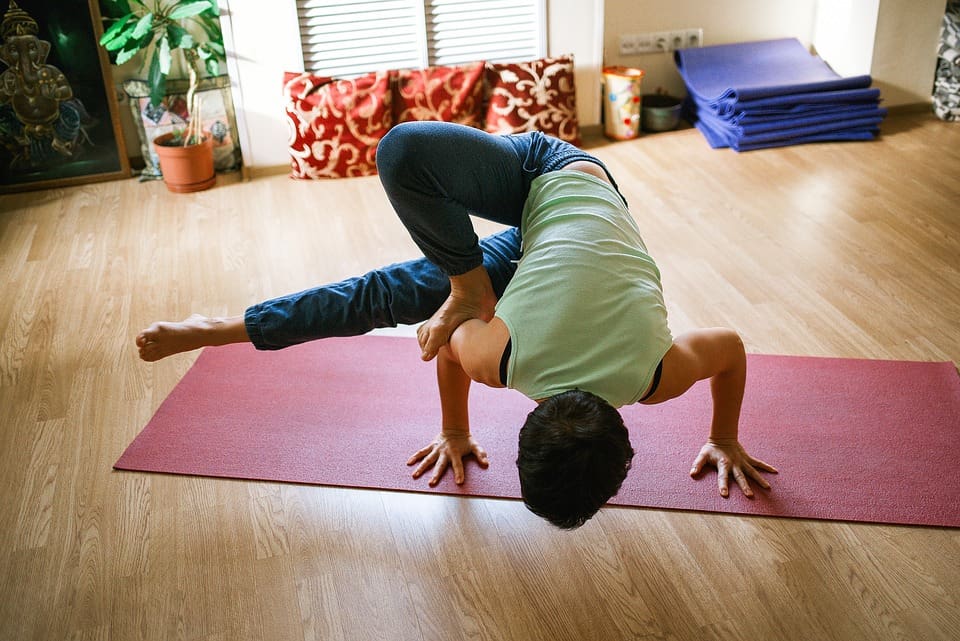 1. Proper Exercise –
1. Proper Exercise –
This enables the joints, muscles, ligaments, tendons and other parts of the body to run smoothly. As a result, it increases blood circulation and body flexibility. Right Technique for Breathing – This is the most important part of Yoga. Without the right technique, yoga isn’t effective. Therefore, it is the battery to the soul that rejuvenates the mental and physical aspect of the body through Pranayama (Yoga breathing technique).
2. Appropriate Relaxation –
Continuously overworked! Can’t sleep easily! Feeling fatigued! As a result, your efficiency automatically decreases due to overworking. Relaxation is a way of recharging the body.
3. Balanced Diet –
Without the right food, you will not attain a balance in your body and mind. Therefore, a Yogic diet is the answer to a balanced diet. One of the simple nutritional and natural meals that help to attain a high standard of health and serenity of mind.
4. Positive Thinking and Meditation –
This is one of the most important aspects of Yoga. If the mind is calm and free of thoughts and desires, you know you have reached the state of calm called Yoga. The mind connects to every part of the body and therefore, the emotion or thought it feels directly affects the other parts of the body. As a result, you come in contact with yourself as a whole being.

Sounds easy?
Is it really that simple?
Well, these are a few questions that must have popped up in your mind.
Don’t worry, I was there too, however after I got deep into the understanding of yoga, it was whole new learning and process, to begin with.
Consistency and Mindfulness are the key factors to perform yoga the right way.
Yoga has become increasingly popular outside of India and in so many varying cultures. It has become the new workout regime for people to get back in shape whereas this has been in the universe for over thousands of centuries.
‘Yoga Culture’ has been spreading all over the world and is the new trend in every country. Therefore, the practice cleaved into many different schools of teachings and avenues all over the world.
Why do we celebrate International Yoga day on June 21st?
Prime Minister of India Mr Narendra Modi called for 21st June to be the International Yoga Day on 11th December 2014. Thus, the United Nations General Assembly announced 21st June as the International Yoga Day.
The science behind International Yoga Day:
Yoga is linked to the science of the human body as well as the earth movement in relation to the Sun and its effect on us.
It is interesting to note that 21st June falls the Summer Solstice same day at the International Yoga Day. On this very day, the earth tilts on its axis in the northern hemisphere towards the Sun. Yogic science took birth due to the movements of the earth, sun and moon. All three together form the trinity of life. Earth is linked to the body, sun to the soul and moon with the mind.
“Yoga is founded on the magnetic power of the soul; and the relationship we share with nature is born of the cycles between the sun, moon, and earth. The mind-body complex is continuously striving for balance; however, in the whisper of the soul, we can all find true contentment, love, and happiness.”
Indian Mythology:
Yoga holds a great significance in Indian Mythology.
21st June is the longest day of the year, therefore, the earth receives sunlight for the longest period of time on this day. It is also considered as a day of the beginning of Yogic Science.
Most importantly, on this day Adi Yogi got transformed into Adi Guru and started teaching Yogic science to his disciples.
Current Facts on International Yoga Day:
It was first celebrated on Raj Path (Path is Road in the Hindi language) in New Delhi, India on 21st June in the Year 2015.
On this day Yogis across the world practice 21 asanas/poses.
Two Guinness World Records:
Firstly, for the largest ever number of people practising Yoga consisting of 84 nationalities.
Secondly, for the largest yoga class comprising of 35,985 people.
To know more in detail about Yoga History and Evolution of Yogic Philosophy read by clicking here
Conclusion
Yogic science found its origin way back to 3000 B.C circa much before any religion was born.
The first signs of Yoga were seen in seals excavated from Indus valley civilization. This ancient science is not just a figment of one’s imagination. It has deep-rooted healing properties. Thus, Yoga heals the mind, body and soul and is holistic in every sense of the word.
Questions on Yoga History, Origin and Types of Yoga have been flooding us for quite some time now. Because it has gained popularity world over owing to its relatability even in the modern day fitness freak society.
Not just Yoga History, Origin and Types of Yoga – even the 5 Main Principles of Yoga form the core of any fitness regime. Yoga and its practices are the basis of any kind of exercise – be it for the mind, body or soul. As a result, even doctors recommend Yoga as an option for longevity and staying healthy.
Would love to hear your views after reading the above article on ‘Yoga History Origin and Types of Yoga.’ do leave your comments in the box below.
Cheers to all the Yogis across the world!

